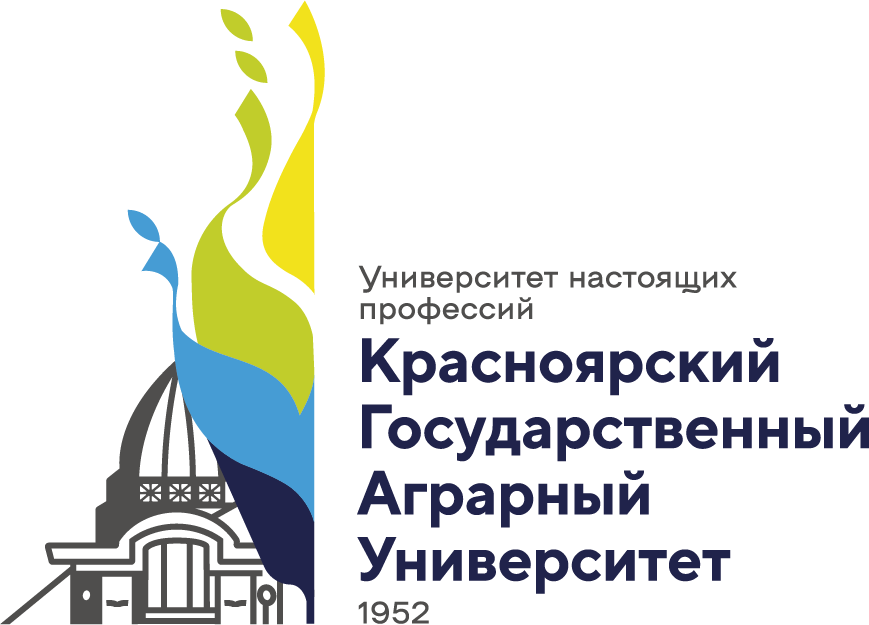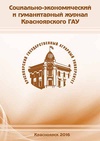Отечественная война, крестьянская семья, православная религия. This study deals with the problems of social modernization of Russia in the context of one Volga family history. Russian historical modernization until February 1917 was closely connected with monarchical form of gov-ernment. There have been major achievements and major failures along the way. The reform of Alexander II, abolishing landlords’ serfdom, gave pow-erful acceleration of socio-economic development of Russia for 55 years. Post-reform time was controversial in its social consequences. So in tradi-tional Russian agricultural regions, for example in Saratov province, agri-cultural overpopulation increased dramatically, significantly reducing peasant land plots. This process reflected both statistics and history of indi-vidual peasant families. The Tsar’s Manifesto on October 17, 1905 gave the people bourgeois freedoms and legislative Duma. A little later, Stolypin’s agrarian reform was launched. But in inviolability there was the class of landowners. Therefore, rebellious spirit in the village continued to grow af-ter the revolution of 1905-1907. The second Russian revolution of 1917 washed away tsarism, landowners and nobles, and Russian bourgeoisie at the same time from socio-political map of the country. Further Soviet mod-ernization went the other way. Its hostage object and victim was Russian peasantry. Collectivization and dispossession of 1930 ("revolution from above and from below") made severe blow to the most economically active able-bodied people of the village. How did peasants themselves react to all these? Apparently with the help of "on all’s God’s will!" in the days of Great Patriotic War peasants heroically struggled at the front and selflessly worked in rear. The history of each family testifies about it. The hardest tri-als also proceeded during post-war period. But, as the history of Russian daily occurrence shows, difficulties, as a rule, rallied separate families. There was powerful intra family and interfamily mutual assistance: be-tween relatives, fellow countrymen and even unfamiliar people. In such a way our country managed to stand in general and to carry out moderniza-tion of industrial economy necessary for that period of time.
Russian modernization, great peasant reform of 1861, post-reform time, first and second Russian revolutions, collectivization, ku-laks and dispossession, Great Patriotic War, country family, orthodox reli-gion
1. Sm. naprimer, v sleduyuschih publikaciyah: Rogachev A.G. Al'ternativy gosudarstvennoy modernizacii: sibirskiy aspekt (1917-1925-e gody). - Krasnoyarsk, 1997; Rogachev A.G., Maksimov S.V. Dinamika i modernizaciya rossiyskih social'no-politicheskih i ekonomiche-skih processov 1917-1918 gg. na istoricheskom pole Sibiri. - Kras-noyarsk, 1999; Rogachev A.G. Al'ternativy rossiyskoy modernizacii: sibirskiy aspekt (1917-1925-e gody) / Krasnoyar. gos. agrar. un-t. - 2-e izd., pererab. i dop. - Krasnoyarsk, 2008; Rogachev A.G. Istoriche-skiy opyt otechestvennyh modernizaciy v Rossii V-XXI vv. - Kras-noyarsk, 2010; Rogachev A.G. Istoricheskie modernizacii gosudarstva i prava v Rossii IX-XXI vv. / Krasnoyar. gos. agrar. un-t. - Krasno-yarsk, 2015; Rogachev A.G. Istoriya Krasnoyarskogo kraya s drevneyshih vremen do sovremennosti: kul'tura, ekonomika, byt, pravo i oso-bennosti upravleniya: ucheb.posobie / Krasnoyar. gos. agrar. un-t. - Krasnoyarsk, 2015; Rogachev A.G. Aktual'nye voprosy otechestvennoy istorii: social'no-politicheskoe razvitie obschestva i gosudarstva ot Drevney Rusi do sovremennoy Rossii: ucheb. posobie / Krasnoyar. gos. agrar. un.-t. - Krasnoyarsk, 2017.
2. Tihomirov L.A. Monarhicheskaya gosudarstvennost'. - Reprint. izd. - SPb.: Komplekt, 1992. - S. 667.
3. Reyli D.Dzh. Politicheskie sud'by rossiyskoy gubernii - 1917 god v Saratove: per. s angl. - Saratov: Slovo, 1995. - S. 19.
4. Tam zhe. - S. 21.
5. Tam zhe. - S. 32.
6. Tam zhe. - S. 48.
7. Tam zhe. - S. 78.
8. Tam zhe. - S. 312-313.
9. Istoriya Otechestva v dokumentah: hrestomatiya dlya uchaschihsya 1917-1993 gg. Ch. 2. 1921-1939 gg. / sost. L.I. Larina. - M.: ILBI, 1994. - S. 107-108.








